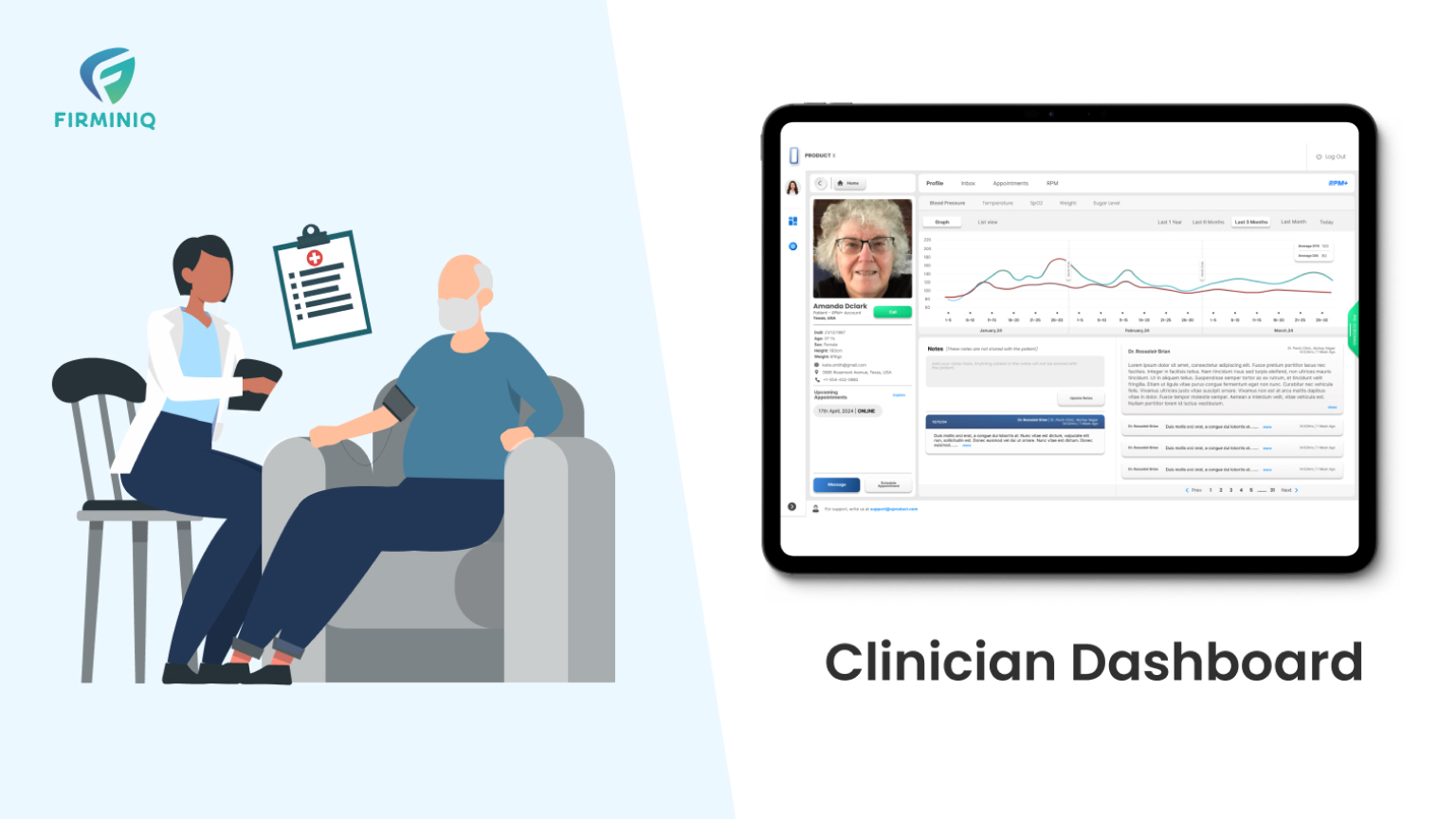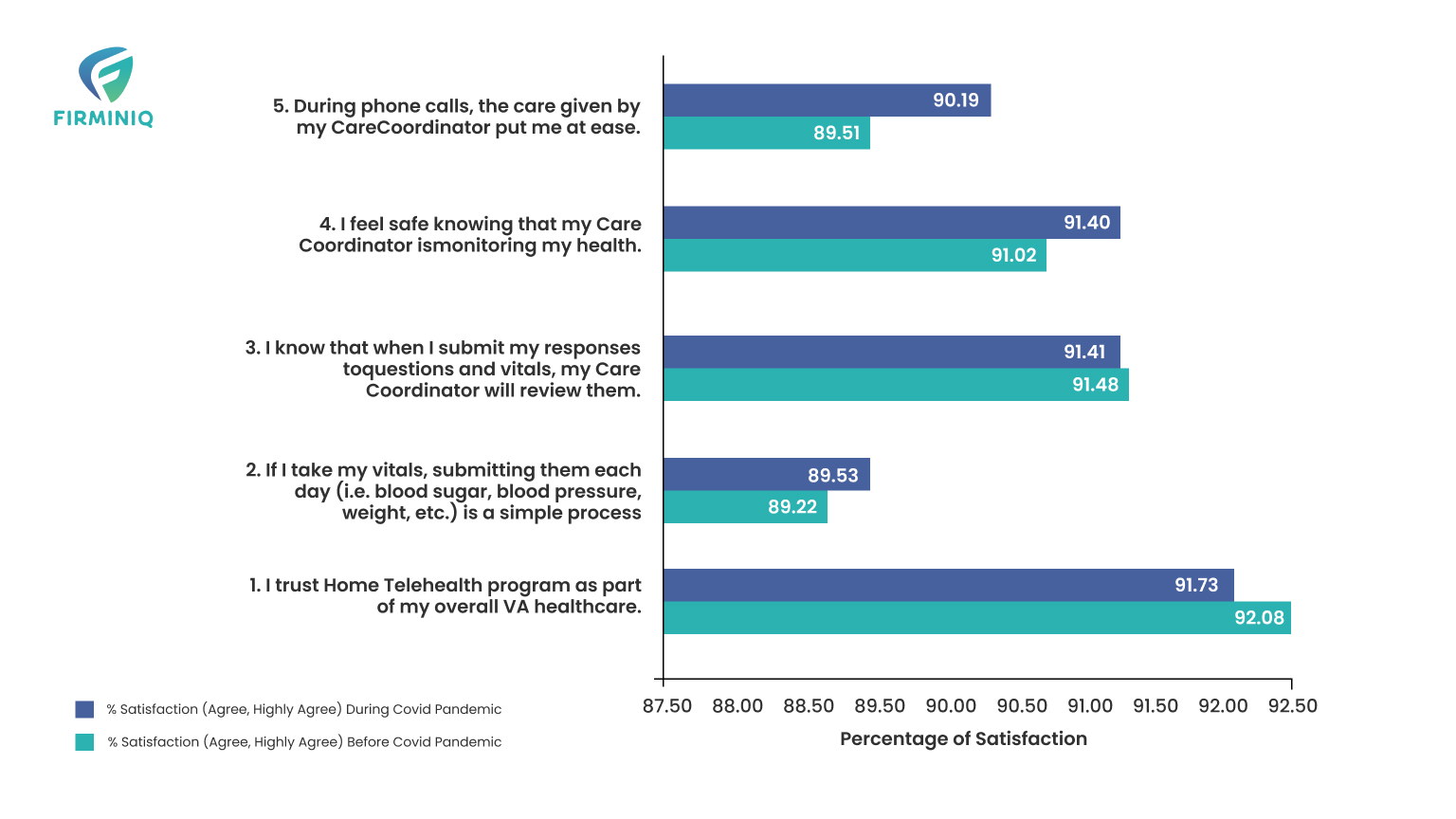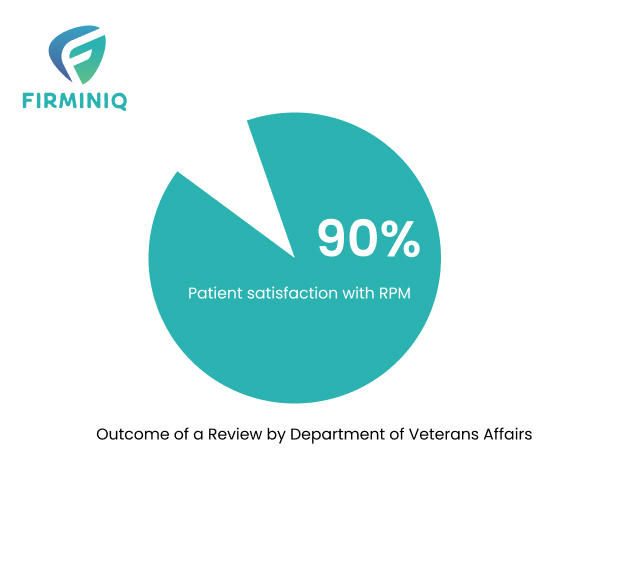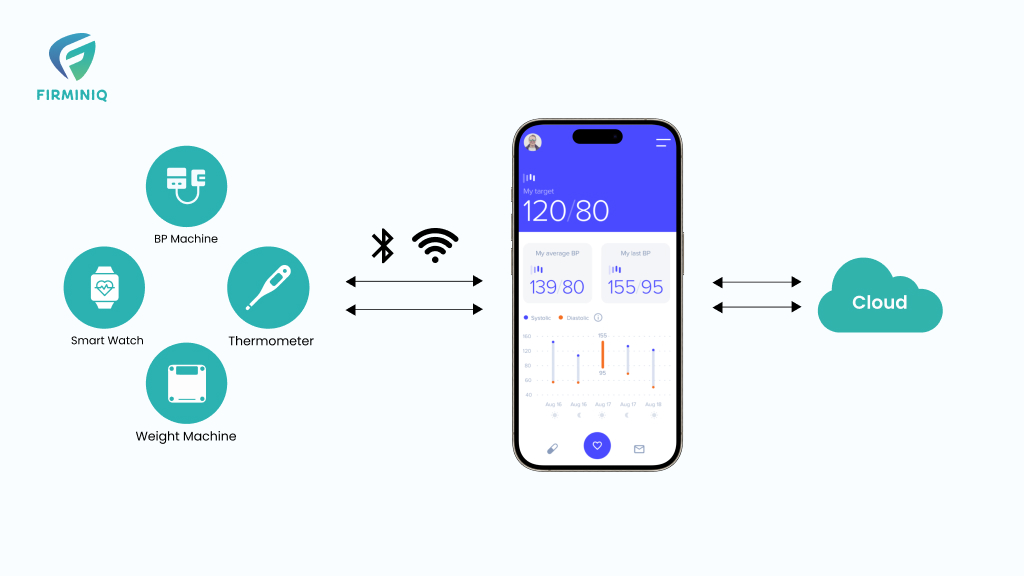Small healthcare practices, like primary care clinics, often hesitate to adopt modern technologies like RPM (Remote Patient Monitoring). A key concern is whether implementing an RPM solution would actually benefit them.
Primarily, RPM solutions are considered to be the domain of large hospital systems and advanced care teams. Implementing it in smaller clinics presents a hurdle due to concerns about upfront costs, additional time, resource allocation, and potential disruptions to existing workflows. These factors leave many small practices hesitant to embrace this innovative technology.
However, despite these challenges and doubts, there are many benefits small practices can leverage by adopting RPM to set themselves apart in the competitive healthcare landscape. Both small and large practices can harness the advantages of an RPM solution to elevate their standard of care and streamline operations.
Many medical practices are already moving towards embracing RPM to enhance their services and improve patient outcomes. According to Diagnostic and Interventional Cardiology “In efforts to keep patients safe, doctors across the US turned to RPM to evaluate and monitor patients while keeping them at home. Even before the pandemic, nine out of 10 healthcare providers indicated they were evaluating or had already invested in remote patient monitoring technologies to better assist their patients.” statistics depict a widespread recognition of RPM among healthcare providers.
In this post, we explore the transformative impact of RPM for small practices. As we dig deeper, let’s delve into the benefits small clinics can leverage by embracing RPM, the challenges they face, and strategies to overcome them.
Potential Benefits of RPM for Small Practices
Here are the key benefits of RPM for small practices that highlight its transformative impact on healthcare delivery:
1. Enhanced Patient Care
Often when patients are discharged from hospitals, they return to primary care providers that offer an opportunity for the care providers to remotely monitor the patients and check for any fluctuations in the readings. It enables continuous monitoring of patients, allowing for timely interventions and personalized treatment plans. This data accessibility extends to healthcare professionals and patients, empowering patients to take charge of their health.
For example, a small primary care clinic can remotely monitor a patient’s blood pressure, glucose levels, and heart rate, enabling the healthcare provider to detect abnormalities and cater to the treatment plans accordingly.
2. Improved Revenue Stream
Implementation of an RPM solution can boost revenue for small clinics by providing a convenient care option. Patients who want transparency, flexibility, and convenience of monitoring, prefer to choose such services, regardless of the clinic’s size.
For example, a small clinic implementing RPM helps patients with chronic conditions to track their vitals, ensuring continuous care and timely intervention. The approach enhances patient satisfaction, boosts the reputation of clinics, and thus impacts revenue.
3. Better Patient Engagement
RPM allows patients to monitor their health parameters like glucose, blood pressure, heart rate, and more from the comfort of their homes. Remote monitoring of patients’ vitals encourages greater patient involvement in their own care. Engaged patients are more likely to adhere to treatment plans and follow-up appointments, leading to improved health outcomes and reduced hospital readmissions.
This translates to a positive impact on both patients and the healthcare system. In fact, a 2020 study by the Department of Veterans Affairs found a high level of patient satisfaction with RPM programs at 90%.
By providing patients with real-time access to their vitals, RPM enhances their awareness and motivation to improve their lifestyle and well-being. This motivation is vital for patients to improve their health and allows them to adhere to treatment plans.
4. Competitive Benefits
In this era, technology is at the forefront and plays a significant role in healthcare. Differentiation is the key to standing out, and implementing an RPM solution is a strategic move that revolutionizes patient care and enhances the physician’s reputation. Embracing RPM helps physicians differentiate their practice from others and position themselves as a progressive practitioner in the evolving healthcare ecosystem.
For instance, for a cardiology clinic, RPM implementation can help track patients’ heart metrics like blood pressure fluctuations and more, which allows for timely interventions and personalized care. The proactive approach helps set the clinics apart from the competitors and draws in more patients looking for personalized and advanced cardiac care.
Overcoming the Challenges and Embracing RPM
Smaller organizations often are concerned about the worth of investing in an RPM solution. Though organizations face challenges with the initial investment, technology integration, data security, and staff training, the long-term benefits like improved patient outcomes outweigh these challenges. Let us delve into these challenges and ways to combat the same:
1. Initial Investment
The upfront costs for an RPM solution can be substantial, and includes investment in software, infrastructure and more. However, eventually RPM exhibits a high return on the investment as it reduces hospital readmissions and emergency visits which can significantly reduce expenses.
2. Technology Integration
Integrating an RPM solution with existing healthcare IT systems can be complex, requiring technical expertise or guidance. However, choosing an RPM solution compatible with your current infrastructure can significantly simplify the integration process.
3. Data Security
Security and privacy of patient data is critical in healthcare and ensuring to protect it can be a significant challenge for the clinics. However, implementing robust encryption methods, regularly updating security protocols, and conducting thorough security audits can help safeguard patient data.
4. Staff Training
Training healthcare staff to use the new RPM solution and interpreting the data effectively requires time, money, and resources. Investing in comprehensive training programs for the staff is vital to ensure they are proficient.
Although there are initial challenges such as upfront investment and integration efforts, RPM proves to be beneficial overall. For small clinics facing budget constraints, leveraging a prebuilt solution or going for minimal relevant components like chat/video call support, security features, automated alerts/reminders, and more can help mitigate the cost challenges associated with RPM solution integration. By adopting these strategies, small clinics can reap the long-term benefits, including reduced expenditures, fewer complications, and enhanced patient care.
Epilogue
By embracing RPM, small practices can enhance patient care, streamline operations, and differentiate themselves in the competitive landscape of healthcare. Are you a healthcare organization, and want to embrace the transformative power of RPM solution to remain at the forefront of patient care? Reach out to us.









